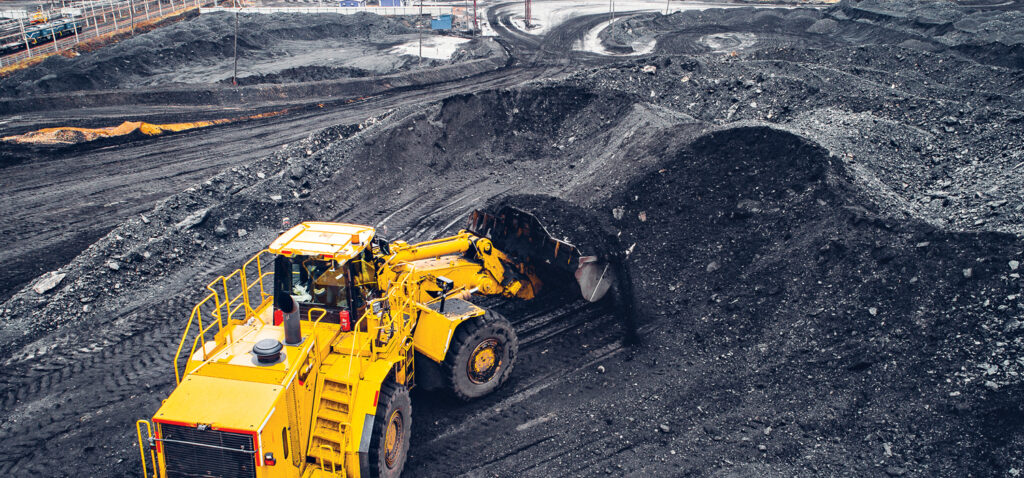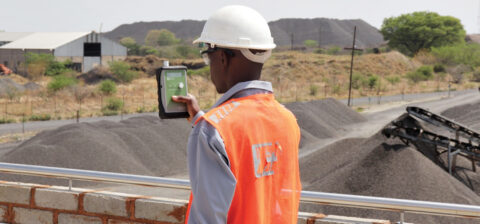SA Mining
Embracing The Generative AI Era For Mining
Everyone is talking about artificial intelligence (AI), and whether it spells a new future for business and industry, or whether it is going to destroy jobs and – ultimately – the world.
Despite the fears of science-fiction writers around the globe, the latter is unlikely to occur, but as for the benefits AI (and in particular generative AI, which is similar to ChatGPT) can offer, sectors like mining will benefit enormously from implementing this new technology judiciously.
According to Nishal Nair, Industry X lead for Accenture in Africa, the power of generative AI comes from unsupervised learning techniques. This means that based on the prompt it is given, it will independently create new contextual data that can easily be interpreted and applied across a mine’s value chain, from exploration through to delivery of the final product.
“The applications for generative AI in mining begin with exploration. Here geologists need to identify new deposits of minerals, in what is a data-intensive exercise, with the data appearing in multiple formats too. Generative AI helps fill in gaps in the data and enables the user to make sense of the information with limited need for manual interpolation and extrapolation of the data,” he says.
“It can also assist with sub-surface modelling – which has similar issues around different sources of data and its levels of completeness – enabling the mine to produce 3D subsurface models of the distribution of the deposit. This allows mining engineers to develop a mine plan to extract these more efficiently.”
Nair adds that with the drilling and blasting required for extraction and processing, generative AI is perfect for developing efficient drill and blast plans, as it helps you understand the overall geological conditions better.
“With an optimal drill and blast plan in hand, it means you can find the right areas with the best access to the ore, speeding up the process, reducing the waste and making the downstream processing less costly, as it is more efficient and less intensive.
“The same goes for material stockpiles. With the insights provided by generative AI into the contents of the pile, you will have a clearer understanding of the ore properties that reside within, allowing for better blending decisions and downstream processing, to increase throughput.”
He says it even assists with regard to asset management, enabling one to predict potential failures and implement proactive maintenance, which can thus be undertaken in a planned manner, and is far less costly than unplanned downtime.
“Then of course, with underground mining, we have an inherently dangerous environment, threatened by rockfalls and unexpected cavities. Since any accident here will lead to a halt in production, a negative emotional impact on employees and even potential loss of life, generative AI can really contribute to safety,” he says.
Generative AI can be used effectively to leverage geological, operational and heavy machinery data, pulling this together to predict with accuracy where there are potential dangers. This means mines can adjust their plans to avoid proximity to these danger zones and keep their employees safer.
“While there are many AI technology opportunities to exploit, there are also any number of threats that can impact an organisation. To this end, we recommend businesses first consider the guardrails they need in place to prevent finding themselves on the wrong side of the rules – much like plagiarism concerns continue to swirl around the use of ChatGPT.
“From an Accenture point of view, we help mining companies to navigate the implementation and use of this new technology, and ensure it is fine-tuned to the specifics of the individual organisation.
“We see our role as helping mines to overcome the uncertainty that exists around the use of such technology, so that they can adopt generative AI in a responsible and value-adding way into their business,” says Nair.






 Sign-up and receive the Business Media MAGS newsletter OR SA Mining newsletter straight to your inbox.
Sign-up and receive the Business Media MAGS newsletter OR SA Mining newsletter straight to your inbox.